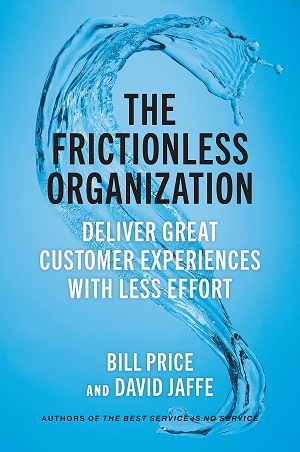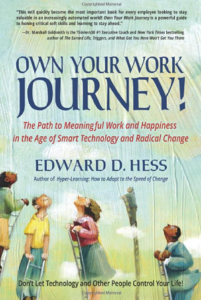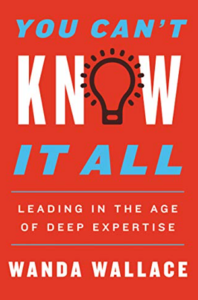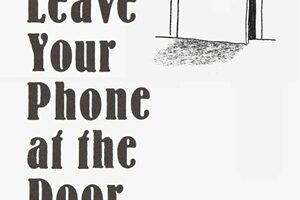Bill Price and David Jaffe are as defined literarily by what they do, as much as by what they don’t do. For instance, Price and Jaffe never feel like they’re in actuality telling the reader of the validity concerning their methodology and corporate philosophies.
They’re showing them, distinctly so. And they dispense of this statistically-backed, not just hard-earned knowledge and wisdom in a manner simultaneously affable, conversational, and straightforward. In a way this compliments the nature and topicality of their book, The Frictionless Organization: Deliver Great Customer Experiences with Less Effort.
“The reason you can be sure (some) organizations are far from (frictionless) is that their busy customer contact teams are dealing with frustrations and problems—not sales opportunities. Even though these businesses now offer more contact choices, including options like chat and messaging, customers are still getting stuck and needing help. Contacts typically start with expressions like, ‘Why can’t I . . . ?’ ‘I don’t understand. . . .’ or ‘How does this work?’” Price and Jaffe write. “It’s common to have 60% to 70% of contacts represent these forms of dissatisfaction.
The ISO 10002-2018 standard states that a complaint is an ‘expression of dissatisfaction made to an organization’…so in many ways, the contact centers in most organizations are handling different forms of complaints. The more of these dissatisfaction contacts an organization is handling, the further it is from being frictionless and the larger the opportunity to improve customer retention and reduce costs.”
AMAZON: https://www.amazon.com/Frictionless-Organization-Deliver-Customer-Experiences/dp/1523000147
They subsequently elaborate on the various ways they vouch are solid methods for combatting said ‘frictionless’ attributes to companies. One of these methods includes the implementation of so-called ‘digitization.’ “(Digitizing) is the second of the five strategic actions and typically covers simple transactions and information that customers want, rather than avoidable or preventable actions. Also known as automation or deflection, the Digitize solution typically offers the second biggest opportunity after Eliminate to reduce costs.
Digitize actions can also improve the customer experience by offering self-service options that are convenient for customers and save them time,” Price and Jaffe write. “Being able to decide when and where to interact is usually seen as a benefit by customers rather than an imposition, so self-service should be a positive experience for customers…Digitizing is one of the differentiators for Innovators. Many Innovators have built their business models around customer apps or portals that are easy to use, while Renovators are often stuck with the legacy cost of physical networks, staffed interactions, and older websites and technologies…” They go on to cite United Airlines’ digitization techniques as a prime example of the pros and cons of such an implementation. “Like many large B2C companies, United Airlines has been building and improving its online self-service capabilities…
Their early insights showed that 50% of customers had either just recently been online or were online when they called…One of the popular new interaction channels for customer contact is the chatbot, which is a type of software that can automate conversations and interact with people through messaging platforms. The best of these bots simulate human interaction and makes it hard for customers to tell whether they are dealing with a person or a robot.”
Cyrus Rhodes



























